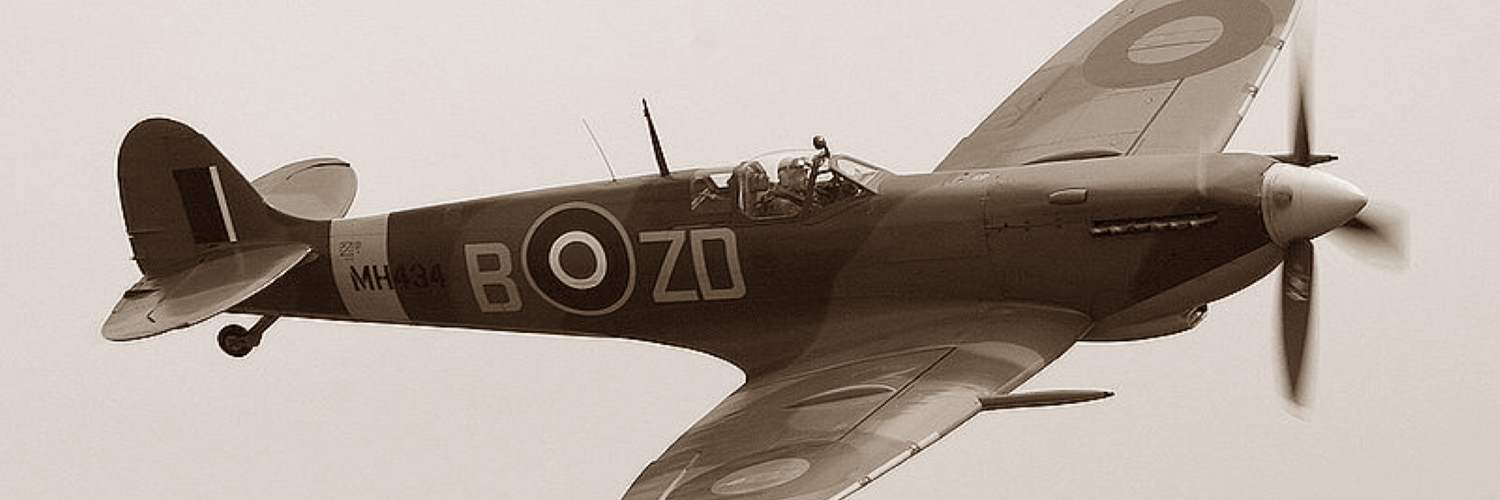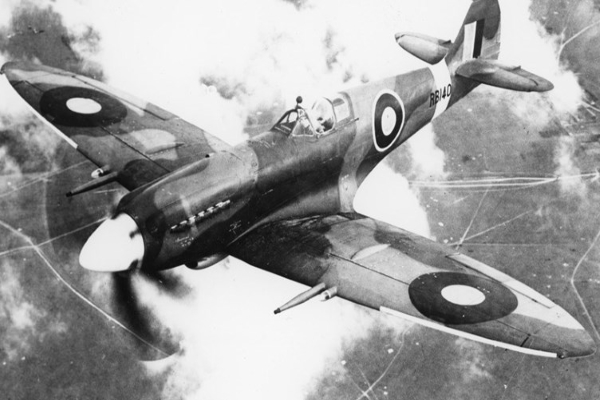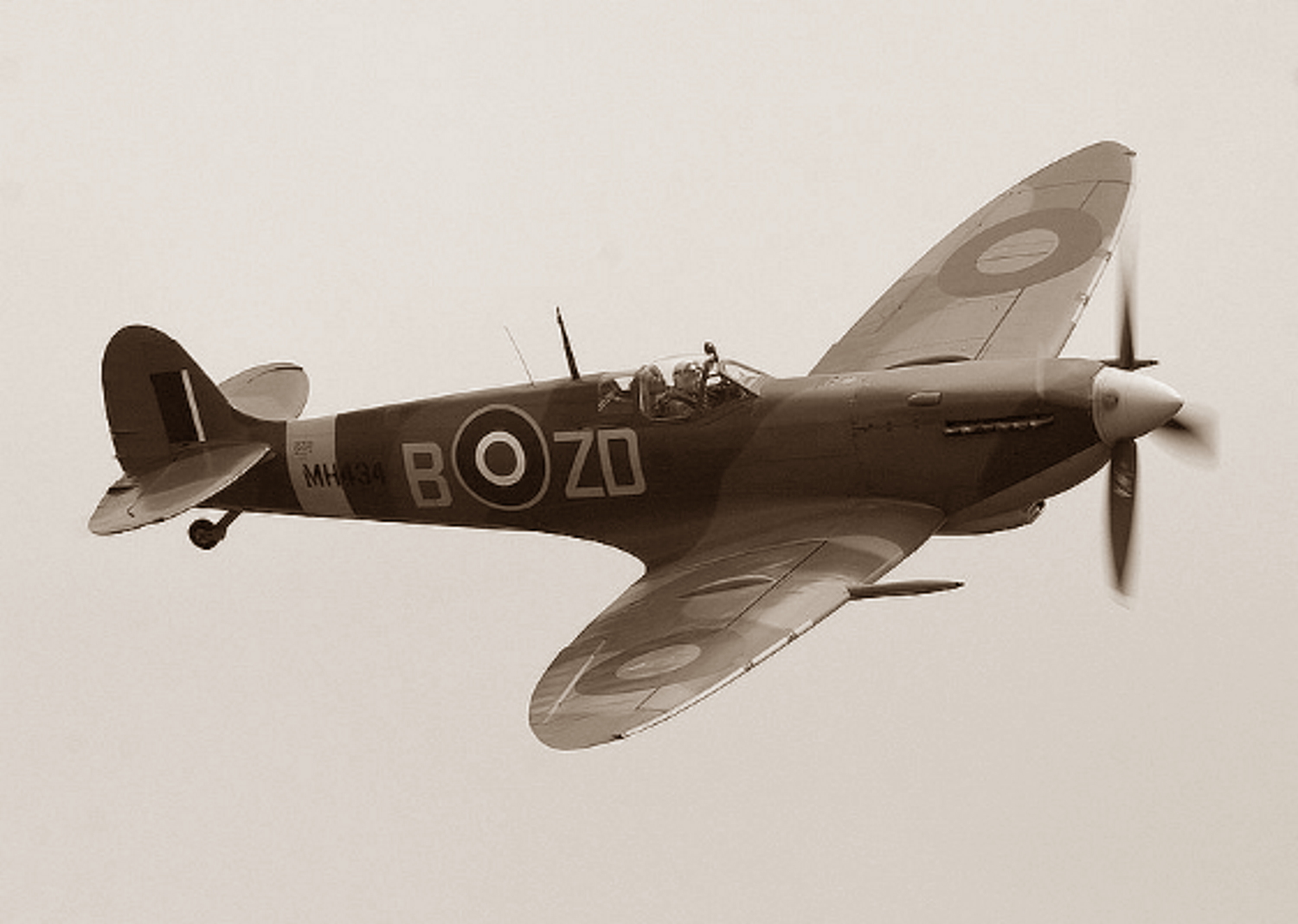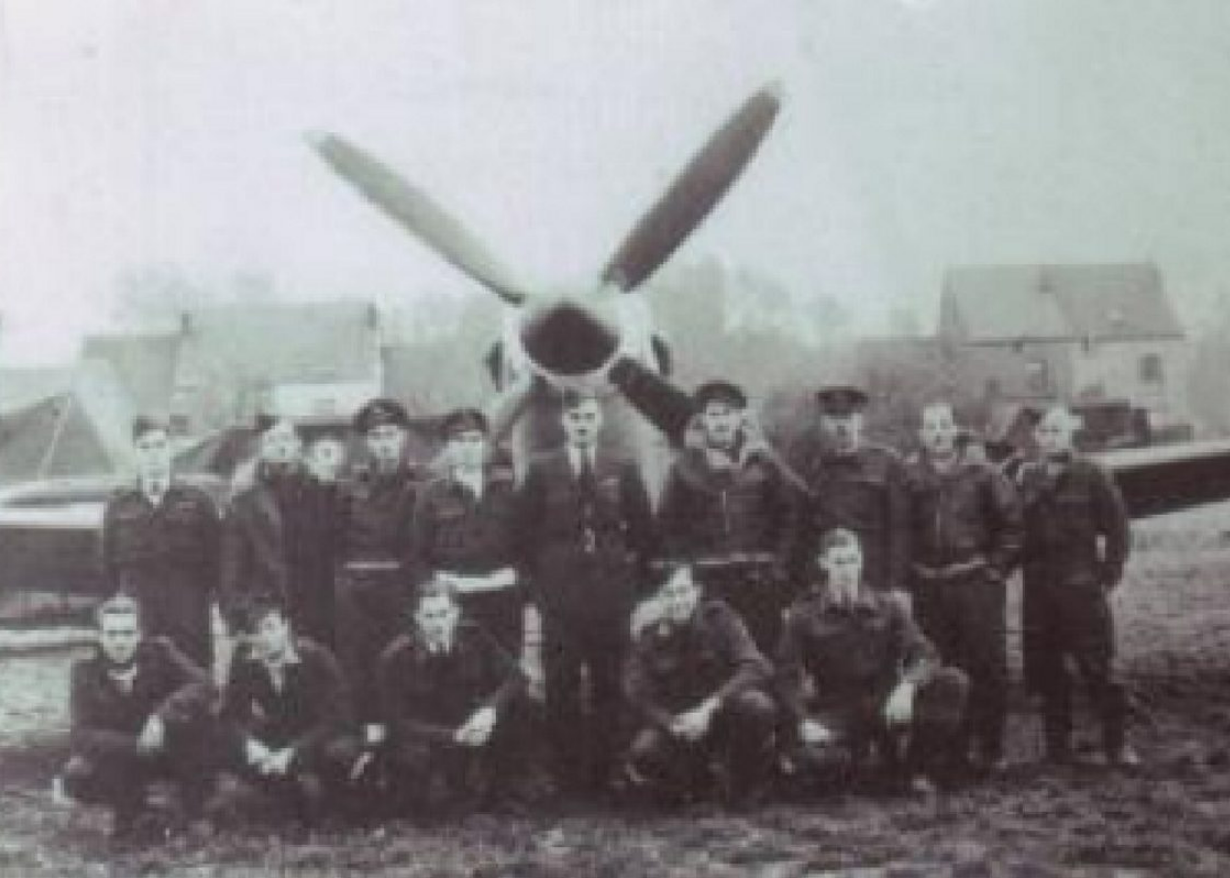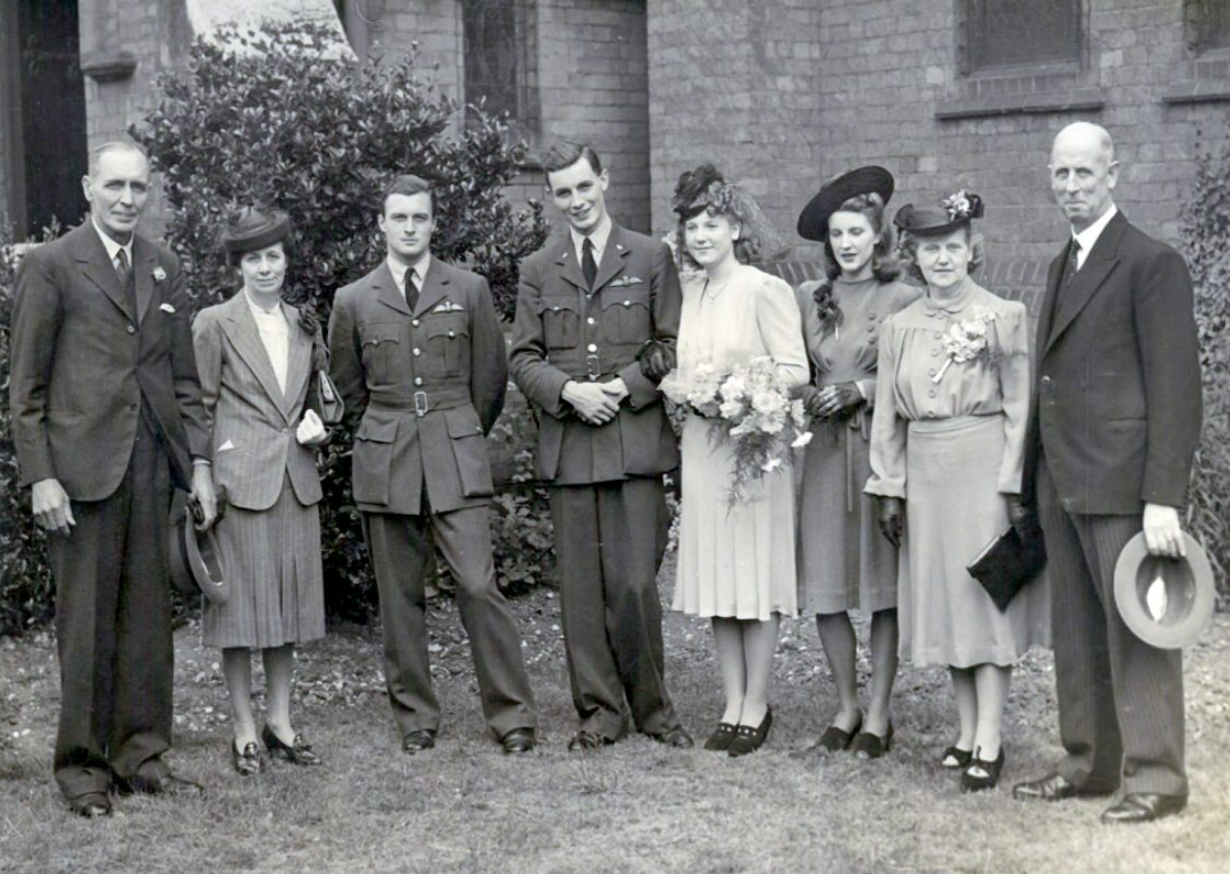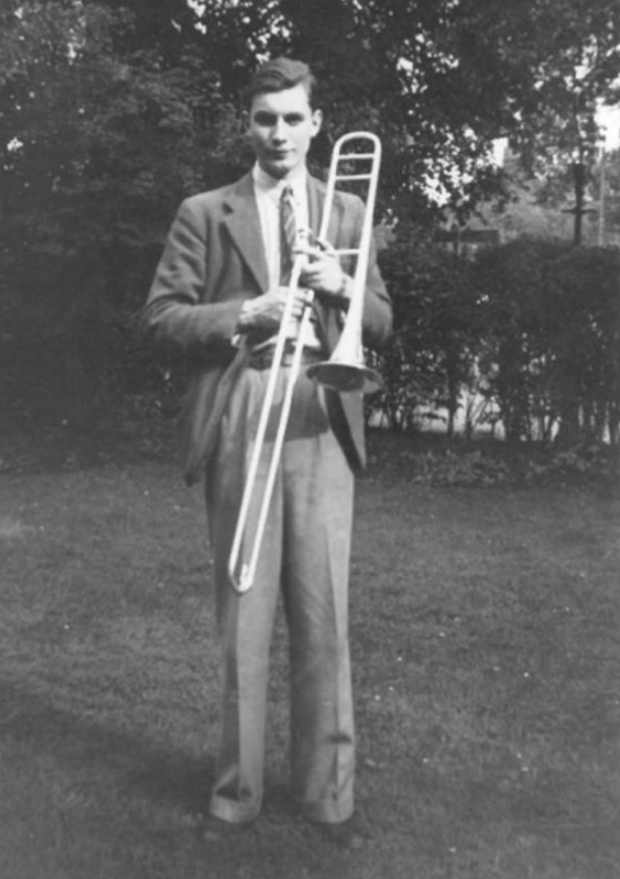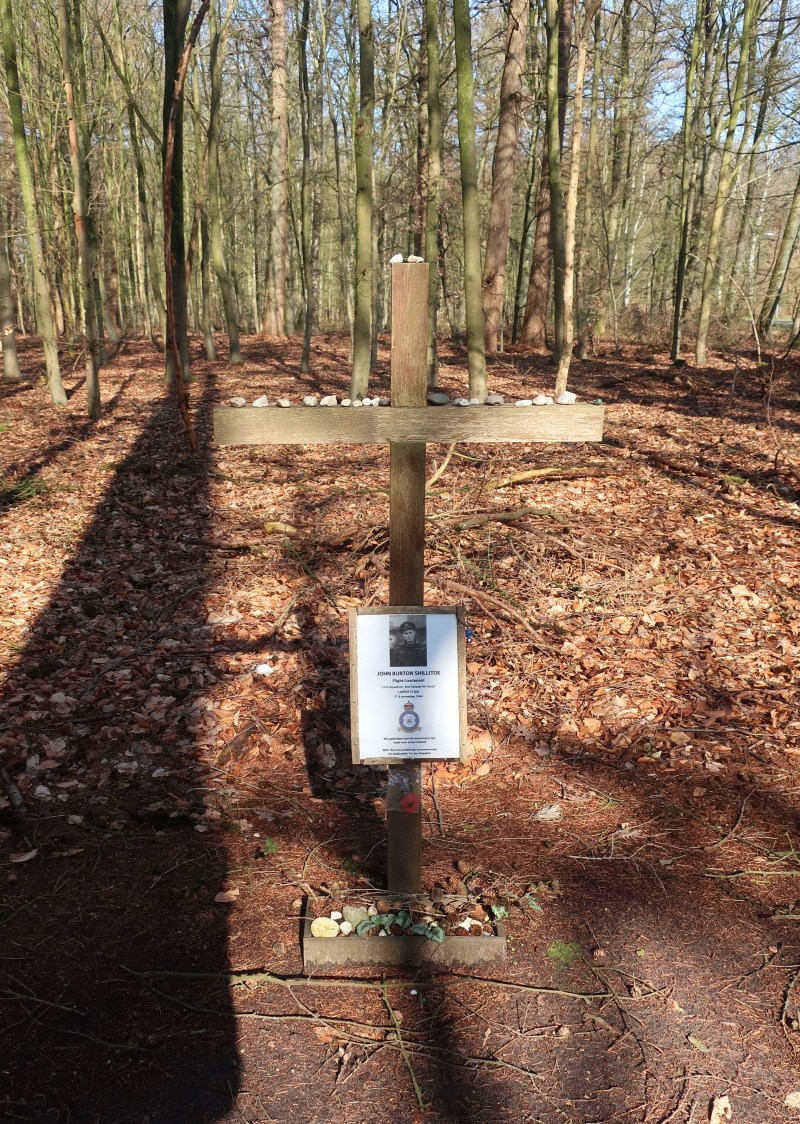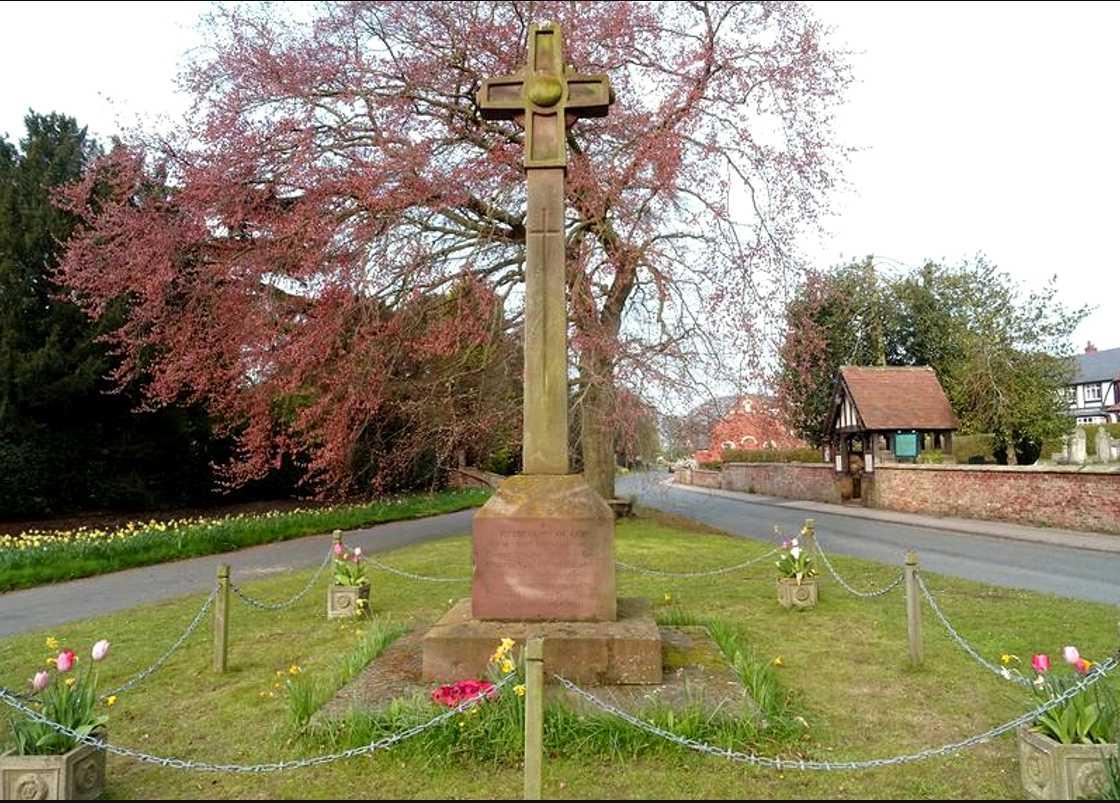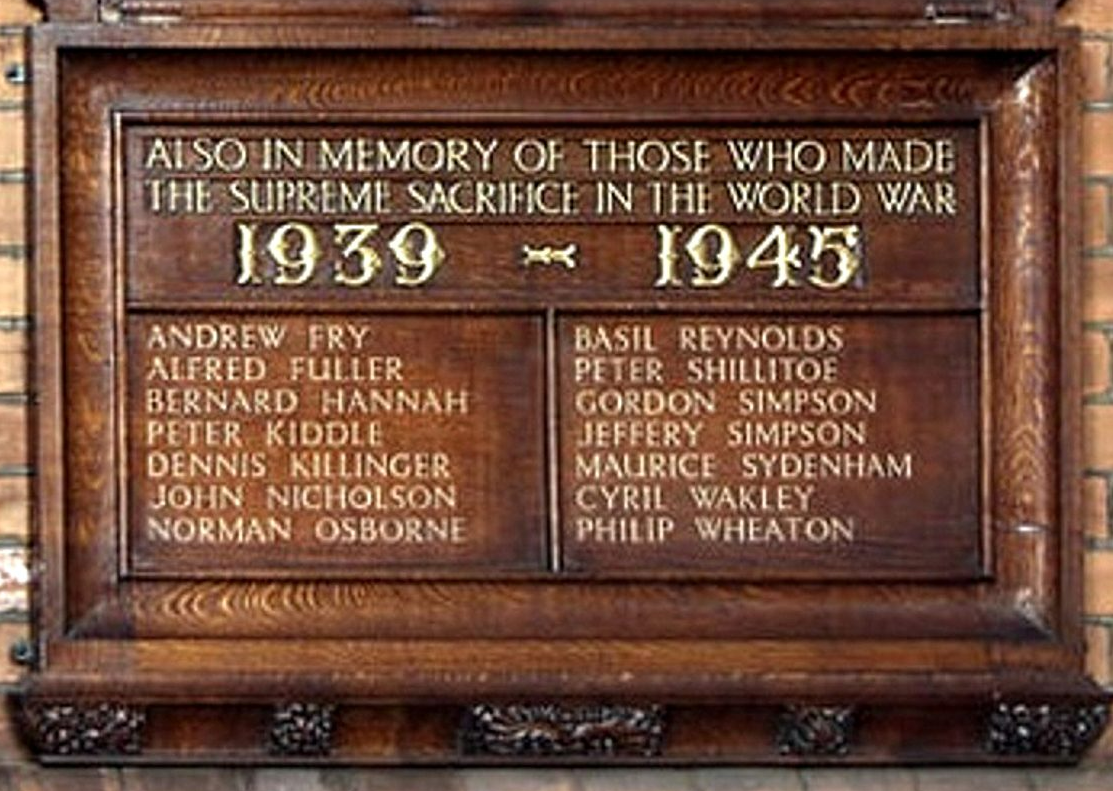Spitfire crashes near Zilverbeekje
Early November 1944, the air was busy. There was a lot of bombing. On Sunday morning, November 5, bombs exploded in several places. An unexploded bomb, a dud, was marked and detonated the next day. That Monday, it happened again: bombs on the Klarenweg in Hulshorst and along the Harderwijkerweg between Nunspeet and Hulshorst. About ten houses were damaged. At half past three in the afternoon, four bombs fell near the station in Hulshorst. No personal injuries, but damage.
It was around five o’clock that same afternoon when an airplane crashed in flames near the Zilverbeekje in Hulshorst. The next morning, the pilot was found near the plane. It was John Burton Shillitoe, a 23-year-old English pilot. He had taken off in the afternoon with his Spitfire IX PT-649 from the Belgian base Grimbergen. His goal was an ‘armed reconnaissance’ along the Zwolle–Amersfoort railway line. That meant taking out trains and destroying trucks on the road. Shillitoe was not alone. There were 127 reconnaissance aircraft flying. They were Spitfires, Mustangs, Mosquitos and Typhoons.
The German anti-aircraft guns were also in action. Shillitoe’s aircraft was hit, lost a wing and dived to the ground. There was no way for the pilot to jump out of the burning aircraft. It is also said that Shillitoe’s aircraft was accidentally hit by the fire of a fellow pilot. But there is no evidence for that. He was found dead the next day. He was buried in the cemetery on the Eperweg and his grave can still be found there.
John Burton Shillitoe
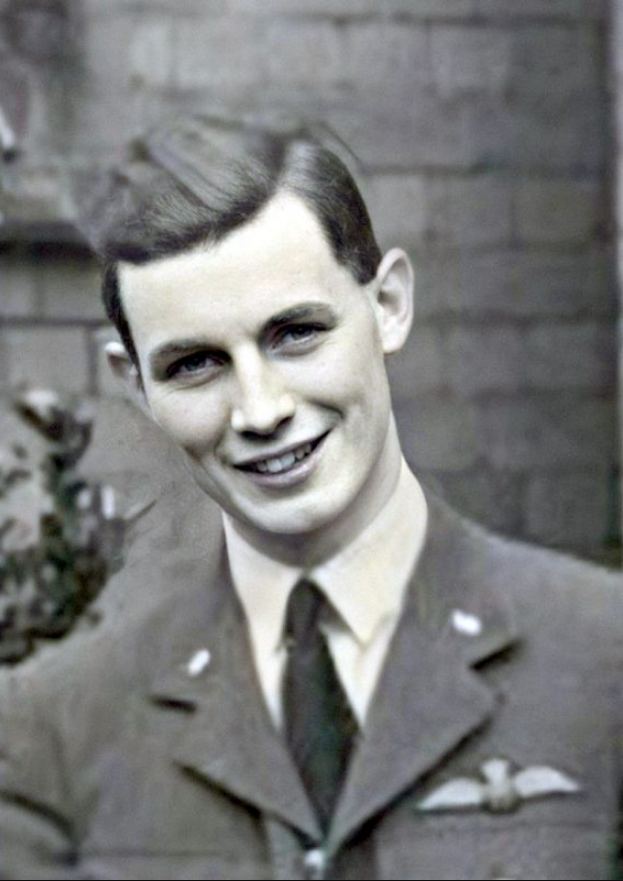 Flight Lieutenant Shillitoe was an experienced pilot. On 19 June 1941 he had become a pilot officer (second lieutenant), in 1942 a flying officer (first lieutenant) and a year later a captain. Pilots are often counted for the number of enemy aircraft they have shot down. Shillitoe also has two to his name: one in June 1941 and one in August 1942. The second is at the French town of Dieppe. On that day, more than six thousand soldiers had crossed the sea from England to France to capture the port of Dieppe. It was a great failure. More than 4,300 soldiers were killed, wounded or taken prisoner. Shillitoe was unhurt but had to make an emergency landing. His Spitfire was damaged. John Shillitoe came from Kirk Hammerton, a small village about ten miles west of the English city of York. There is a war memorial in the cemetery around the church of St. John the Baptist. It lists the names of five residents who died in the First World War, but also five names of those who died in the Second World War and the name of a soldier who died in Egypt in 1956 during the Suez Crisis. One of those names is John Burton Shillitoe. Source: Elspeet Historie
Flight Lieutenant Shillitoe was an experienced pilot. On 19 June 1941 he had become a pilot officer (second lieutenant), in 1942 a flying officer (first lieutenant) and a year later a captain. Pilots are often counted for the number of enemy aircraft they have shot down. Shillitoe also has two to his name: one in June 1941 and one in August 1942. The second is at the French town of Dieppe. On that day, more than six thousand soldiers had crossed the sea from England to France to capture the port of Dieppe. It was a great failure. More than 4,300 soldiers were killed, wounded or taken prisoner. Shillitoe was unhurt but had to make an emergency landing. His Spitfire was damaged. John Shillitoe came from Kirk Hammerton, a small village about ten miles west of the English city of York. There is a war memorial in the cemetery around the church of St. John the Baptist. It lists the names of five residents who died in the First World War, but also five names of those who died in the Second World War and the name of a soldier who died in Egypt in 1956 during the Suez Crisis. One of those names is John Burton Shillitoe. Source: Elspeet Historie

